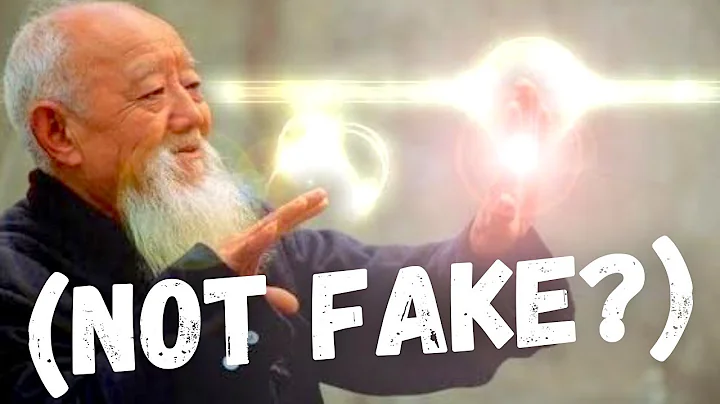Most technical errors are due to too much force or too difficult to move; however, usually people simply know how to best lift, but do not know what the correct posture is. The following is related to gluteal muscle training Eight major technical errors, and tips to help you prevent them.

1. Lumbar spine hyperextension (usually accompanied by excessive forward tilt of the pelvis)
Lumbar hyperextension mainly involves you arching your spine while extending your hips; it is most common in deadlifts and hip pushes The top position; while in the deadlift
at the bottom position, the pelvis is slightly tilted forward, as long as it is very slight and occurs at the right time, it is not a big problem; anyway, lumbar hyperextension is very common, it may be Because:
- "glued" a hunched back movement pattern; this happens to people who have good spinal extension flexibility and follow the "chest up" prompts. Over time, their bodies adapted to this movement.
- In squats, hip pushes or deadlifts, there is not enough hip extension ROM to lock the hip joints and overextend the spine.
- Try to extend the hamstring muscle by leaning forward over the pelvis to promote hip extension and possibly make up for the lack of gluteal muscles (but not always like
- ). For example, squatting exercises hunched back and pelvis forward can lengthen the hamstrings and make them more conducive to hip extension; if your gluteal muscles are very strong, you don’t need to adopt this strategy unless it is one. A learned or compensatory movement pattern.

To correct this error simply need to understand and accept the composite hip joint structure of the lumbar pelvis (lower back and pelvis); extend the hip while not extending the spine, especially when the load is heavy or when the group This requires a lot of self-discipline when practicing close to exhaustion. hip joint hinge,Extending the end of the hip joint, strengthening the gluteal muscles, and repeatedly practicing the correct posture with lighter loads are the most commonly used correction training methods for coaches.
2, knee valgus /inward buckle (often accompanied by ankle joint rotation, hip joint internal rotation and adduction, and lateral pelvic sagging)
When the knee is buckled inward when the hip is extended, external knee joint will occur turn. This situation most often occurs when squatting from the bottom of a deep kick, but it can also occur in other bilateral (two-legs) and unilateral (single-leg) exercises. When I see people have a slight inward knee buckle in the hip extension process of the hip push exercise, I will not correct it because I don’t think this is a big problem; nevertheless, this kind of error is very common, and it happens. Because:
- gluteal muscles and hip external rotators are weak, or the buttocks become stronger inexplicably when the knee is buckled inward, possibly because it increases the leverage of the adductors.
- Quadriceps is placed in a better position to generate force or torque.
- Ankle joint dorsiflexion ability is weak, so the ankle joint rotation causes more advancement of the knee joint.
- The muscle tissue of the outer leg is too tight, gastrocnemius , quadriceps and hamstrings are weak.
- A special genetic shape of the acetabular concave scull. When the hip muscle tissue is strongly contracted, the femur is forced to collapse in the acetabular groove.

Correcting knee valgus requires learning to maintain knee abduction during hip extension, and to consolidate this pattern, ankle joint exercises, horizontal hip abduction exercises, squatting exercises, and lighter loads Repeated practice of correct posture is the most common corrective measure. It is also important to maintain self-discipline, because when the load is large enough, or when a certain number of exercise groups are close to exhaustion, there is this tendency to inward deduction.
3. Lumbar flexion and pelvic retroversion
The characteristic of pelvic retroversion is the excessive arching of the lower back.This will cause the lower back muscles to be too tight; this kind of error most often occurs at the bottom of deadlifts or squats, but it is a good thing to have a slight pelvic tilt at the top of the hip push, so use different exercises correctly. Strategy is very important; posterior pelvic tilt is very common, which may be due to:
- poor hip flexion mobility, depending on whether the exercise is hip hinge or squat mode:
A. Hip hinge mode Such as deadlifts, tight hamstrings are usually the culprit.
B. In squat mode, the culprit is often the bone anatomy of the hip joint; you can observe this at the bottom of the squat.
- Try to exercise more economically. When you fully arch the spine, you cut off the function of erector spinae (this is the well-known phenomenon of lumbar flexion relaxation), and finally stabilize the spine through excessive traction instead of activation.
- Due to insufficient muscle strength, the hip joint sinks, which lengthens the quadriceps and shortens the hamstrings. The hips are closer to the barbell, which slightly reduces the torque required for the middle hip, making it easier to squat.
- The femur is relatively long, and the ankle dorsiflexion ROM is insufficient, so the back is arched to maintain body balance.

The solution is to fully extend the hip without flexing the spine. In most cases, you should avoid doing too deep, and you should choose shallow squats and deadlifts, and perform hip flexion and dorsiflexion exercises, including hamstring and gastrocnemius extension exercises, and hip joint hinges. , Exercises to strengthen erector muscles, gluteal muscle activation exercises, and repeated exercises of correct posture with a lighter load will help prevent and correct this error.
- The forefoot bears the center of gravity
This kind of error most often occurs in squatting and hip press exercises. You will find that some people will tiptoes when pushing their hips, or move their weight forward when they are at the bottom of squatting movements; in essence,This is equivalent to driving with the soles of the feet instead of the heels, which will allow the quadriceps muscles to dominate to a certain extent, thereby reducing the recruitment of the gluteal muscles.
has this error due to:
- I don’t know if this is wrong.
- The quadriceps muscle involved in hip joint movement is stronger.
- Poor mobility of ankle dorsiflexion.

The solution is to set your foot position correctly, and imagine "drive with your heels" every time you repeat; you can also improve your glutes and ankle dorsiflexion exercises Posture; raising the heel to a wedge, partition or a barbell plate is very helpful to alleviate this problem, but this method is for those who have not improved ankle flexibility through stretching exercises and activities In other words, it should not be taken as a shortcut prematurely.
Due to limited space, today I will talk about the first four of the eight major technical errors related to gluteal muscle training. Pay attention to the little fox shaping and update women’s fitness related consultations daily!
.










